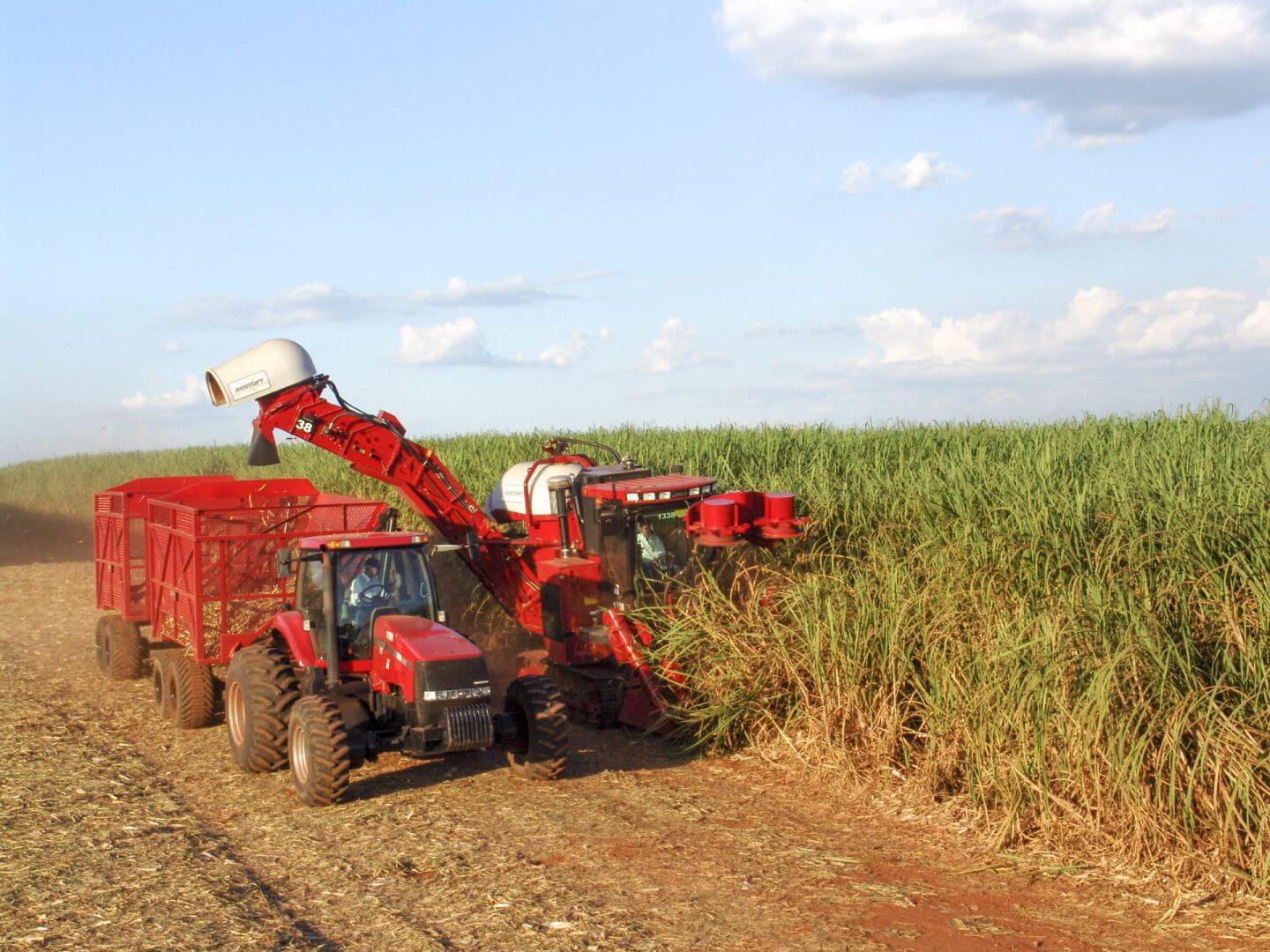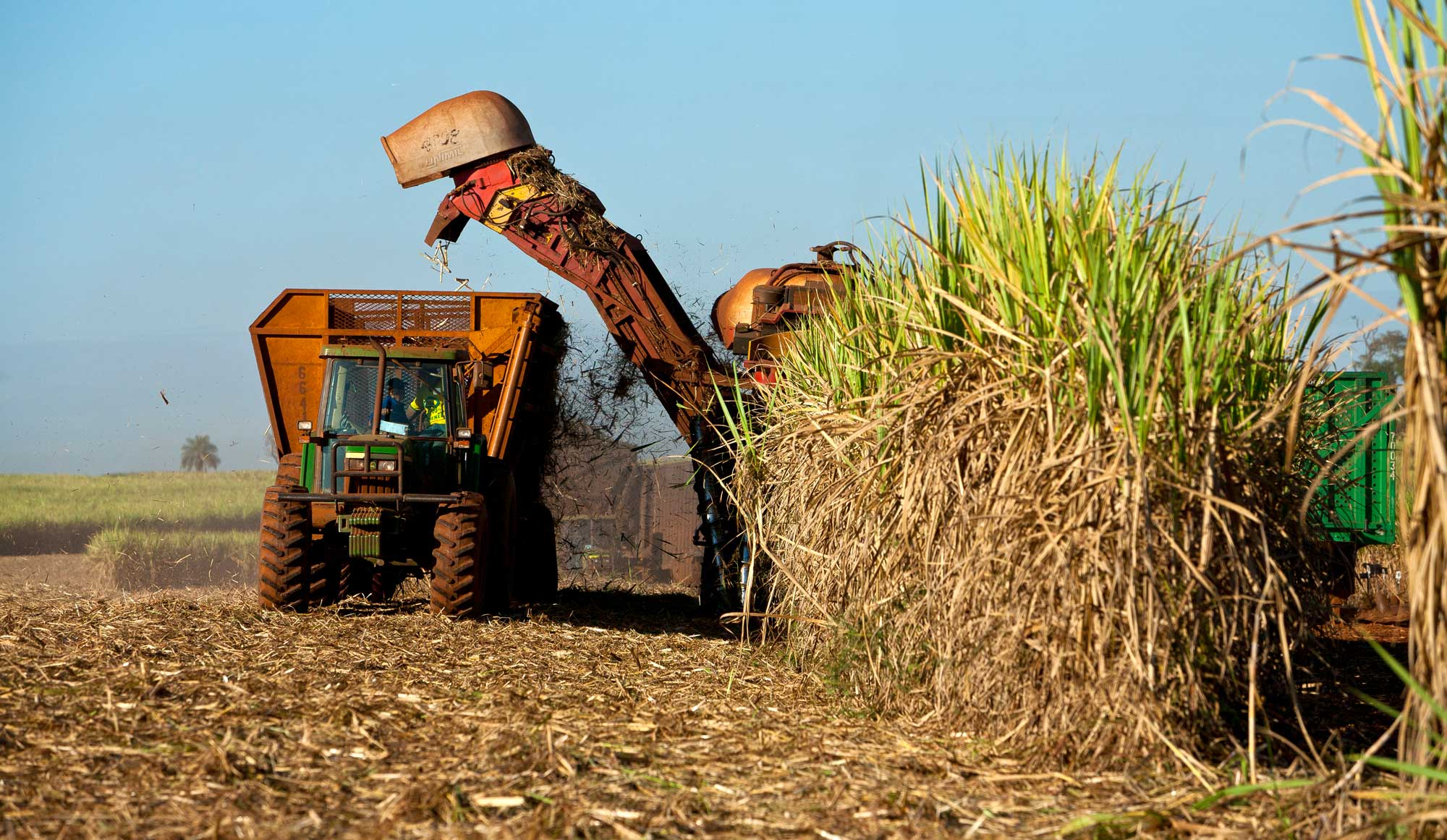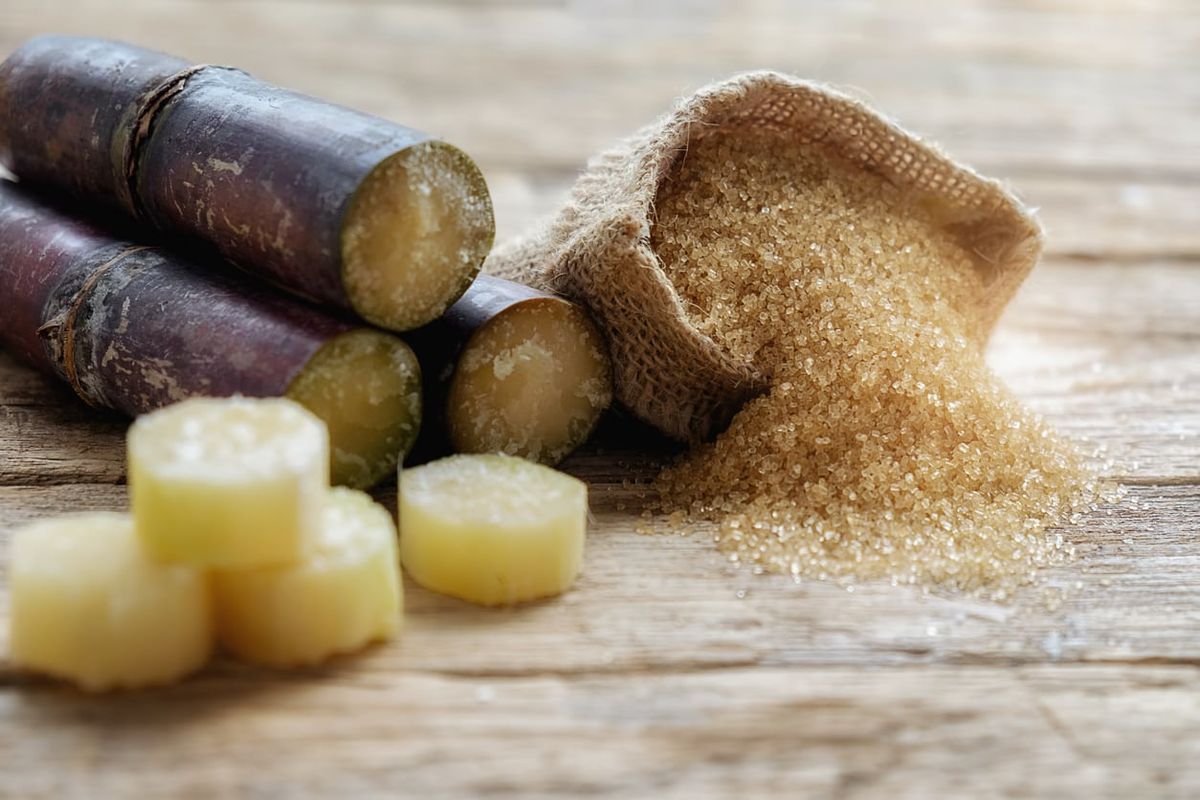Understanding How Sugar Canes Work: What Are Sugar Canes Used For in Food and Beyond?
Sugar walking sticks are essential to various facets of both industrial and culinary methods. Their convenience enables them to be transformed into sugar, beverages, and even biofuels. As one explores the trip from growing to processing, the diverse applications of sugar walking canes disclose a complex interaction in between agriculture and market. The implications of sugar walking cane production extend beyond plain energy, raising questions regarding environmental sustainability and financial influence.

The Background and Origin of Sugar Canes
Although typically considered approved in modern-day diet regimens, the history and origin of sugar walking sticks expose a complicated trip that extends hundreds of years. Indigenous to Southeast Asia, sugar cane was first cultivated around 8000 BCE, with its sweet juice coming to be extremely valued by early civilizations. By the initial millennium AD, it infected India, where it was refined right into crystallized sugar, a significant technology that changed its use and trade. The intro of sugar cane to the Mediterranean took place around the 7th century, many thanks to Arab traders, that identified its economic potential.During the Age of Expedition, European homesteaders established sugar vineyards in the Caribbean, considerably influencing worldwide trade. By the 17th century, sugar came to be a standard asset, sustaining economic climates and influencing social frameworks. The tale of sugar canes is linked with farming, business, and cultural exchanges, noting its importance in forming modern culinary practices and financial systems.

Farming and Harvesting Practices
The farming and harvesting of sugar canes involve several essential methods that establish the high quality and yield of the plant - What Are Sugar Canes Used For. Crucial element consist of efficient dirt preparation strategies, exact growing techniques, and efficient collecting techniques. Comprehending these practices is essential for enhancing production and guaranteeing sustainability in sugar walking cane farming
Dirt Preparation Techniques
Effective dirt preparation strategies are necessary for effective sugar walking cane growing, as they lay the foundation for healthy growth and perfect yield. The procedure begins with dirt testing to assess nutrient levels and pH equilibrium, enabling customized modifications. Tilling and raking are then utilized to break and freshen the soil up compaction, enhancing origin penetration. Incorporating raw material, such as garden compost or well-rotted manure, enhances soil fertility and structure. Furthermore, appropriate drain systems are important to avoid waterlogging, which can prevent cane development. Cover cropping may also be used to subdue weeds and enhance dirt health and wellness. These techniques collectively ensure that sugar cane has the very best environment to flourish, resulting in robust plant health and wellness and boosted performance.
Growing and Development
Effective growing and growth methods are important for optimizing the yield of sugar walking cane. The procedure begins with selecting healthy and balanced seed walking canes, which are sectors of mature stalks abundant in buds. These seed walking canes are typically planted in well-prepared soil, preferably at a deepness of 4 to 6 inches, guaranteeing appropriate wetness and oygenation. Sugar walking stick prospers in cozy environments with ample sunlight and requires regular watering, specifically throughout dry spells. Fertilizing with phosphorus, nitrogen, and potassium is vital to promote durable growth. Weed control is likewise vital, as competition can impede growth. Routine monitoring of plant wellness and soil problems enables timely interventions, inevitably causing a successful crop that meets market demands.
Collecting Methods
Harvesting sugar cane needs careful preparation and execution to ensure optimal yield and top quality. Generally, the harvest happens when the walking stick reaches suitable sugar material, often in between 12 to 18 months after planting. There are 2 main techniques: guidebook and mechanical harvesting. Hands-on harvesting entails workers making use of machetes to cut the stalks at ground degree, guaranteeing minimal damages to the plant and dirt. On the other hand, mechanical harvesting uses specific makers that reduced, slice, and transport the walking cane, increasing performance and reducing labor costs. Nonetheless, mechanical methods can result in higher soil compaction and loss of nutrients. No matter of the technique, prompt harvesting is vital, as hold-ups can result in reduced sugar quality and enhanced susceptibility to pests and illness.
Processing Techniques for Sugar Extraction
The processing of sugar walking cane is an essential phase in sugar production, encompassing a number of key methods - What Are Sugar Canes Used For. At first, harvested cane goes through squashing and juicing to remove its sweet fluid. This juice after that continues through filtration and formation, changing it right into the sugar most typically made use of today
Harvesting Sugar Cane
Sugar cane collecting marks a crucial phase in the production procedure, where timing and strategy play important roles in making best use of yield. Typically, the harvest happens when sugar content is at its height, which varies based on climate and development conditions. Employees use customized tools or manual tools to cut the walking stick at the base, ensuring very little damages to the plant. Correct strategy is essential; cutting too expensive can reduce the high quality and amount of the sugar drawn out later on. After cutting, the walking stick should be delivered quickly to processing centers to avoid spoilage and sugar deterioration. The effectiveness of the harvesting process substantially influences the general productivity and earnings of sugar walking stick farming, making it a crucial emphasis for manufacturers.
Squashing and Juicing
Once sugar walking cane is harvested, the following essential action involves crushing and juicing to draw out the wonderful liquid which contains sucrose. This procedure commonly utilizes hefty equipment developed to crush the stalks, breaking down the coarse framework and releasing the juice. Mills or rollers use substantial stress, enabling the cane juice to stream out while dividing the coarse residue, known as bagasse. As soon as smashed, the cane is frequently subjected to a series of pushing phases to optimize juice extraction. The gathered juice is rich in sugar and may consist of contaminations, which will certainly be dealt with in later handling steps. Overall, juicing and crushing are important strategies that transform collected sugar walking stick into a liquid form suitable for further refinement.
Filtration and Formation
Purification and condensation are critical processes in transforming raw walking cane juice into polished sugar. After removing juice from smashed sugar walking sticks, the fluid has contaminations such as plant minerals, fibers, and proteins. To attain filtration, the juice undertakes explanation, where heat and lime are contributed to precipitate contaminations, which are after that gotten rid of. The cleared up juice is then focused through evaporation find more information to develop a thick syrup.Next, formation takes place, where sugar crystals form as the syrup cools down. This procedure commonly includes seeding the syrup with existing sugar crystals to advertise uniform growth. The resulting crystals are separated from the staying molasses with centrifugation, yielding pure sugar. This refined product is after that dried out and packaged for various cooking uses.
Culinary Use Sugar Canes
While often linked largely with sugar, sugar walking sticks provide a functional range of culinary applications beyond their role in sugar manufacturing. Fresh sugar walking cane can be juiced, generating a pleasant, stimulating drink appreciated in many tropical regions. This juice serves as a base for smoothie mixes and mixed drinks, adding an unique flavor profile.Additionally, sugar walking cane syrup, derived from simplifying the juice, is used as a natural sweetener in various recipes, from marinades to desserts. The syrup imparts a rich, caramel-like taste, boosting both savory and wonderful recipes.In some cuisines, sugar walking stick stalks are barbequed or baked, providing a distinct smoky taste that enhances meats and veggies. Sugar walking stick can be included into desserts, such as candies and desserts, where its sweet taste and fibrous appearance create wonderful contrasts. Overall, sugar walking sticks add to both conventional and cutting-edge cooking productions throughout varied cultures.
Industrial Applications Past Food
Beyond their cooking uses, sugar canes play a significant function in different industrial applications, adding to industries such as bioenergy, paper production, and bioplastics. The fibrous material of sugar walking cane is utilized in the manufacturing of biofuels, specifically ethanol, which acts as a renewable energy source that reduces dependancy on fossil fuels. In the paper industry, bagasse, the fibrous deposit left after juice removal, is processed right into pulp for paper and cardboard manufacturing, advertising sustainable methods by making use of waste. Furthermore, innovations in bioplastic modern technology have brought about the advancement of eco-friendly plastics acquired from sugar walking stick, offering an environmentally friendly choice to conventional petroleum-based plastics. These commercial applications not just enhance the worth of sugar canes however likewise line up with global motions towards sustainability and eco-friendly resources, highlighting their versatility past the cooking area.

The Environmental Impact of Sugar Cane Manufacturing
The production of sugar walking cane, regardless of its many commercial benefits, positions substantial ecological difficulties. Deforestation is commonly a consequence, as large locations of land are gotten rid of to cultivate sugar walking cane, resulting in environment loss and biodiversity decrease. In addition, the intensive farming techniques connected with sugar cane farming can lead to dirt destruction and disintegration. The heavy use fertilizers and pesticides to maximize look here yields adds to water contamination, detrimentally influencing marine ecosystems.Moreover, sugar cane production is connected to boosted greenhouse gas discharges, particularly with land-use modifications and the burning of walking stick fields before harvest. These techniques not just impact air high quality but also contribute noticeably to environment change. Additionally, the water-intensive nature of sugar walking stick farming locations stress on neighborhood water sources, affecting environments and areas reliant on these supplies. Addressing these environmental effects is necessary for lasting sugar cane production in the future.
Often Asked Concerns
Are There Health And Wellness Advantages Related To Consuming Sugar Cane?
The question of wellness benefits connected to sugar cane consumption highlights potential advantages. Sugar walking cane might offer hydration, essential minerals, and anti-oxidants, yet small amounts is necessary because of its all-natural sugar web content and feasible wellness effects.
How Does Sugar Walking Cane Compare to Other Sweeteners Nutritionally?

Sugar walking cane supplies all-natural sweet taste, mainly making up browse around these guys sucrose, while other sugar differ in make-up and calorie material. Contrasted to synthetic alternatives, sugar cane provides minerals and vitamins, though it continues to be high in calories and carbs.
Can Sugar Cane Be Grown in Non-Tropical Areas?
Sugar cane largely flourishes in exotic environments, needing cozy temperatures and abundant rains. While some non-tropical areas attempt farming, success is restricted as a result of poor heat and growing seasons, making large production challenging.
What Are the Common Bugs or Conditions Influencing Sugar Canes?
Typical pests affecting sugar walking canes include the sugarcane borer and aphids, while diseases like fallen leave scald and red rot position significant threats. Efficient management methods are important for preserving healthy and balanced sugar walking cane plants and making the most of yields.
Exactly How Does Sugar Walking Stick Effect Citizen Economies?
The effect of sugar cane on local economies is substantial, giving work chances, enhancing farming industries, and adding to exports. Its farming sustains local businesses and enhances community development with raised earnings and framework renovations. Native to Southeast Asia, sugar cane was very first cultivated around 8000 BCE, with its wonderful juice coming to be extremely valued by very early civilizations. The intro of sugar cane to the Mediterranean happened around the 7th century, many thanks to Arab investors, that acknowledged its financial potential.During the Age of Exploration, European homesteaders developed sugar ranches in the Caribbean, substantially affecting international profession. The handling of sugar walking stick is a crucial phase in sugar production, including a number of crucial methods. While frequently connected primarily with sugar, sugar canes use a versatile range of culinary applications past their function in sugar production. The heavy use of chemicals and fertilizers to take full advantage of yields adds to water contamination, adversely impacting aquatic ecosystems.Moreover, sugar walking cane production is linked to increased greenhouse gas emissions, specifically with land-use changes and the burning of walking stick fields prior to harvest.